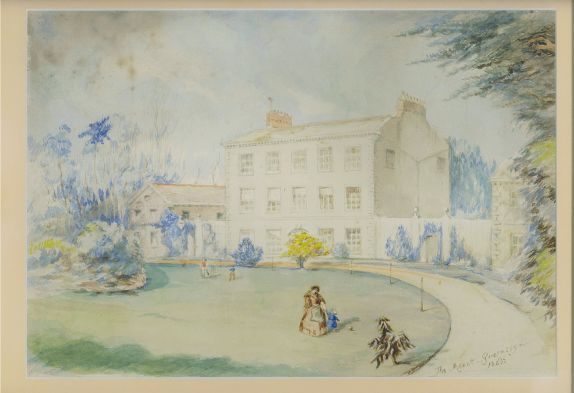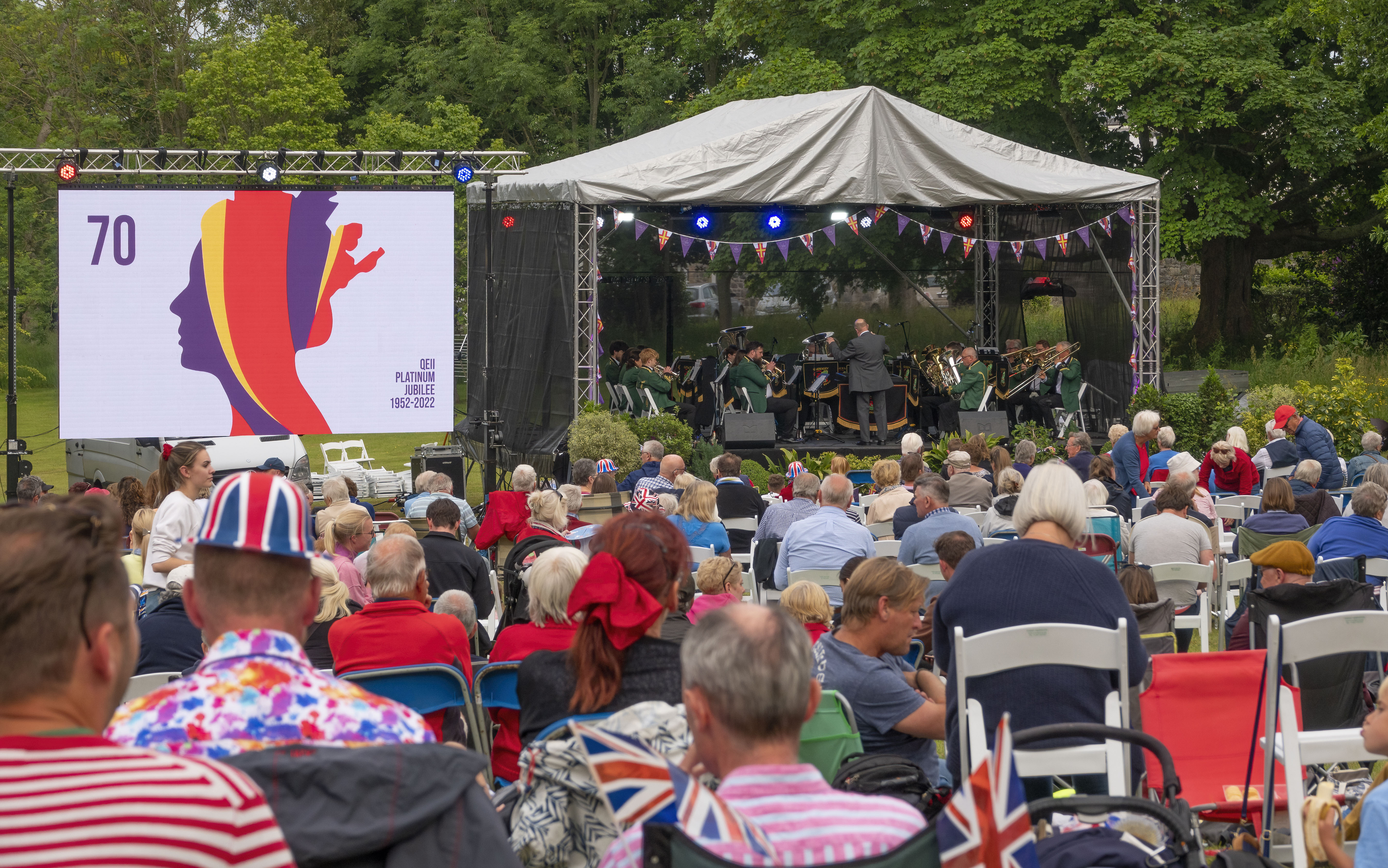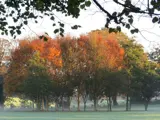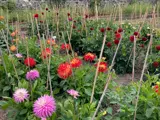Government House
The House

The current Government House is the latest of sixteen buildings that have housed the Sovereign's representative and his family and the current house, known originally as 'Le Mont' has been Government House twice in its history. Built by Nicolas Maingy as an elegant new mansion at the corner made by Mont Durant and Petite Marche it was very much a Georgian residence of some standing and was first inhabited by Major General John Small, Lieutenant Governor 1793-96.
After General Small's departure the house reverted to private ownership, including belonging at one point to a certain Jean Allaire, possibly Guernsey's most notorious privateer, and certainly one of its wealthiest citizens. The Mount became Government House more permanently in 1925 when it was purchased by the crown and it has remained the residence of the Lieutenant-Governor ever since. Ownership transferred from The Crown to the States of Guernsey in 1948 alongside the revenues from the Crown rents on the condition that the States would '....make adequate provision for maintaining the honour and dignity of the office of the Lieutenant-Governor. During the Occupation in World War II, the house was requisitioned by the Third Reich and used as the residence of the German Kommandant of Guernsey.
Today, Government House remains the official residence of the Lieutenant-Governor and his partner. It is used as a facility for host visiting dignitaries, including members of the Royal Family, Ministers of the UK Government and visiting Heads of State and Ambassadors from all over the world.
The estate is also used to entertain islanders from all sections of the community attending a wide variety of events and functions in the house and grounds. There are a number of receptions and presentations held in the main function room, hosting charities and organisations for award ceremonies and special celebrations throughout the year. The grounds are also used as a venue for a number of public events such as charity fêtes, school sports days, Easter egg hunts and large community events such as the Platinum Jubilee fete and concert (see right).

Accessibility
The grounds and main function rooms of Government House are accessible to wheelchair users and other guests but there are a number of different surfaces throughout the wider estate which could pose problems for those with limited mobility. Appropriate ambulant facilities are available in both the house and grounds.
The Grounds
The grounds of Government House comprise around 10 acres of elegant parkland and landscaped gardens. There are over 150 mature trees of all varieties including a Blue Atlas Cedar planted by Queen Elizabeth II during her visit in July 2001, and a number planted by other members of the Royal family or to commemorate Royal occasions.
The grounds also contain a specialist and historic collection of camellia cultivars planted in 1997 to celebrate ten years of the NCCPG (now Plant Heritage).
A particular treasure is the historic Victorian walled garden. At over 1700 square meters it is one of the best examples of its kind in the British Isles. It is fully utilised to produce around a hundred different varieties of fruits, vegetables and herbs for the kitchen and flowers including dahlias, roses and sweet peas are grown for use in elegant flower arrangements within the house. There is a patio with a beautiful central olive tree, created in 2021 and surrounded on all sides by clematis selected by award winning grower Sir Raymond Evison and several beautiful benches handcrafted and supplied by the charity CLIP, Creative Learning in Prison.
The quiet environment on the estate is an excellent place for situating bird and bat boxes supplies by La Societe Guernesiaise. They are placed high up in the trees and can be very useful in offering secure roosting sites for local wildlife. Four beehives are all nestled within the grounds, variously filled by swarms throughout the year and the honey is collected for use in the kitchens. A pollinator patch of Guernsey native species was planted nearby so the honeybees could take full advantage of the local flora.


